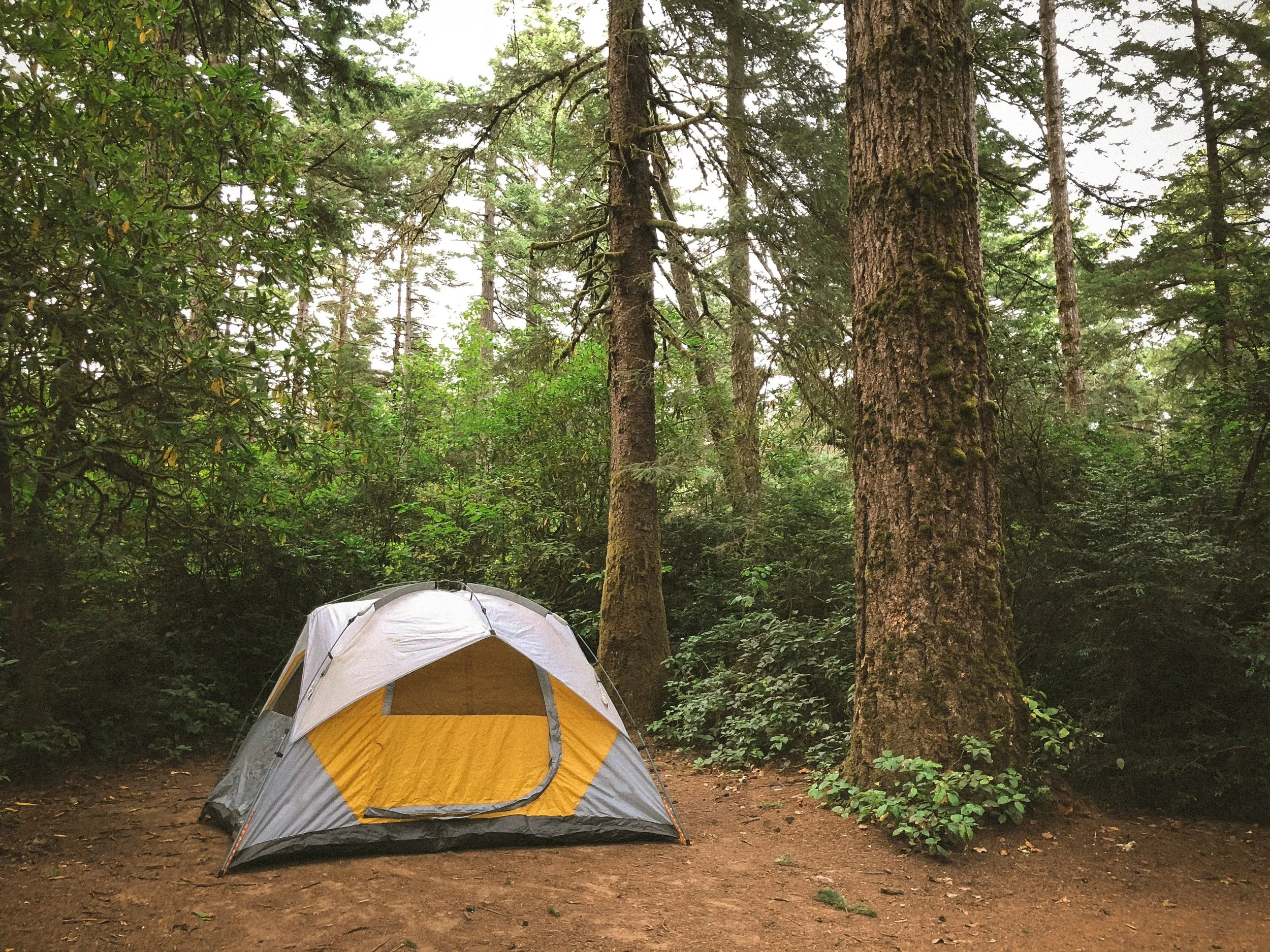How to Choose the Right Tent for Your First Camping Trip
So, you're ready to head out on your first camping trip — exciting! But before you can roast marshmallows and sleep under the stars, you’ll need one very important piece of gear: a tent. With so many options out there, picking the right one can feel overwhelming. Don’t worry, I’ve got your back.
As someone who grew up camping across the Midwest, I’ve seen what works (and what doesn’t). In this guide, I’ll walk you through everything you need to know to choose the right tent for your first outdoor adventure.
1. Know How Many People You’re Sleeping With
Tent sizes are labeled by capacity — 2-person, 4-person, etc. But keep in mind, those numbers are often tight fits. A 2-person tent will fit two sleeping bags, barely. If you want room for gear, a little wiggle room, or you’re camping with kids or a dog, size up.
My tip: If you're two people, consider a 3- or 4-person tent. You'll thank yourself later.
Check out this four-person tent that’s easy to set up!
2. Consider the Weather
Most beginner trips happen in decent weather — spring through fall. For those conditions, a 3-season tent is the way to go. It’s built for mild temperatures and can handle some rain and wind.
Camping in cold, snowy, or extreme conditions? That’s where a 4-season tent comes in — but it’s probably overkill for your first trip.
3. Think About Ease of Setup
Trust me, nothing tests your patience like trying to pitch a complicated tent in fading daylight. Look for a tent that’s easy to set up, ideally one with color-coded poles or a quick-setup design. Many tents now offer “instant” or “pop-up” options — great for beginners.
Watch a setup video before your trip so you're not learning in the dark (literally).
Pro Tip: Set up your new tent in the backyard before your first camping trip. You’ll get valuable experience in setting it up in a low-stress environment, and you’ll know you have all the pieces needed for that first night of rest.
4. Don’t Forget the Tent Footprint
A tent footprint is a ground cloth that goes under your tent. It protects the bottom from rocks, roots, and moisture. Some tents come with one; others sell it separately. It’s worth the extra few bucks to keep your tent dry and extend its life.
If your tent doesn’t include one, a tarp cut to size works just fine.
Stay dry with this REDCAMP Ultralight Tent Footprint!
5. Look for Ventilation Features
Waking up in a tent with condensation dripping on your face? Not fun. Make sure your tent has mesh windows or roof vents for good airflow, especially in humid climates. Bonus: the mesh also keeps bugs out.
6. Weight and Portability (If You're Hiking)
If you’re driving right up to your campsite, tent weight isn’t a huge issue. But if you’re planning to hike even a short distance, choose a lightweight tent under 6–7 lbs. Backpacking tents are designed for this — compact and easy to carry.
7. Budget Smart — But Don’t Go Too Cheap
There are solid beginner tents that won’t break the bank. You don’t need to spend hundreds, but beware of the super cheap ones — they often leak, rip easily, or are a nightmare to set up.
Look for brands with good reviews, and read what other beginners are saying about their experience.
My Top Picks for Beginner Tents
Coleman Sundome Tent – Affordable, easy to set up, great for car camping
FanttikOutdoor Camping Tent – Super quick set up, with sizes ranging from 4 to 10 people.
Kelty Discovery Element 4 – Roomy, durable, and beginner-friendly
The Campfire Circle
Choosing the right tent doesn’t have to be complicated — just match your gear to your plans. A little research up front can mean the difference between a soggy night and a peaceful sleep under the stars.
Happy camping,
JP
